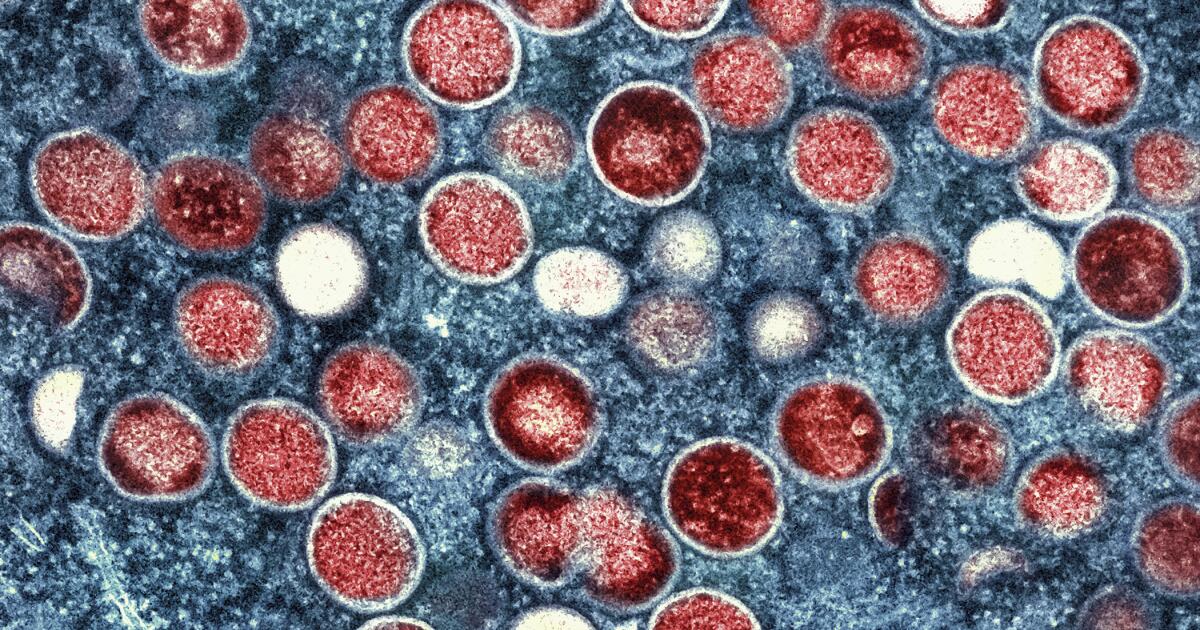GREAT FALLS — The Cascade County Weed & Mosquito Division has detected its first West Nile Virus (WNV) positive mosquito sample of 2025.
A WNV-positive sample of adult Culex tarsalis mosquitos was collected 2.5 miles southwest of the town of Vaughn on July 22nd, 2025.
The samples were confirmed positive by the lab at the Montana Department of Public Health & Human Services (DPHHS) in Helena on July 25th, 2025.
VIDEO:
West Nile Virus confirmed in Cascade County
Treatment was conducted in the area where the WNV sample was collected, and surveillance and monitoring efforts will continue.
There have been no known human infections of WNV detected in Cascade County in 2025. However, residents are strongly encouraged to take steps to protect themselves.
Most people who become infected with WNV will not experience symptoms, but an estimated 1 in 5 do experience minor illness causing headache, rash, body aches, joint pains, fatigue, vomiting, and diarrhea. Fatigue and body aches from WNV may persist for months following infection.
About 1 in 150 WNV infections result in severe WNV disease, referred to as neuroinvasive West Nile. When neuroinvasive, WNV can cause severe neurological symptoms including disorientation, stupor, coma, paralysis, vision loss, and convulsions. WNV can be fatal or lead to long-term neurological complications. WNV can also cause severe neurological complications and death in horses.
The best defense against WNV is bite prevention. To protect yourself, use the 5 Ds:
- DEET – Apply repellent containing an EPA-registered active ingredient, such as DEET, and follow the directions on the package.
- DUSK and DAWN – This is when mosquitoes are most active. Try to avoid outdoor activities during these times.
- DRAIN STANDING WATER – Standing water is the perfect breeding ground for mosquitoes. Drain such areas around your home (gutters, pools, tires, buckets, water bowls, etc.).
- DRESS APPROPRIATELY – Wear long-sleeved shirts, long pants, and socks.
The severity and symptoms of WNV can vary widely. About 80% of persons infected experience no symptoms, but up to 20% of infected persons can develop a mild illness called West Nile fever. Fever generally resolves itself without treatment, but dangerous brain infections such as encephalitis or meningitis can develop in 1 out of 150 people.
Symptoms usually appear within 3 to 14 days after exposure and may include headache, rash, high fever, stiff neck, mental confusion, muscle weakness, tremors, convulsions, coma, and paralysis. Individuals who develop any of these symptoms should see their healthcare provider immediately.
2019: Great Falls woman dies from West Nile Virus
Currently, there is no vaccine, treatment, or other targeted medication for WNV in humans, aside from supportive care for cases. A vaccine is available for horses. The vaccine is typically administered in the spring to provide optimum protection during mosquito season. Horses cannot transmit the disease to people, but because of the severity of the disease in horses, the vaccine is a recommended core vaccine and should be given annually. Montanans are encouraged to contact their local veterinarian for questions about horses and WNV.
The mosquitoes that carry WNV rarely travel more than one mile from where they breed. To keep mosquitoes away from the home, it’s important to empty standing water at least once per week. For items such as rain barrels, a screen can be applied to the opening to restrict mosquito access. For other mosquito bite prevention tips, check out the 4 D’s of mosquito bite prevention below.
Click here to read more about WNV on the Centers for Disease Control (CDC) website.


